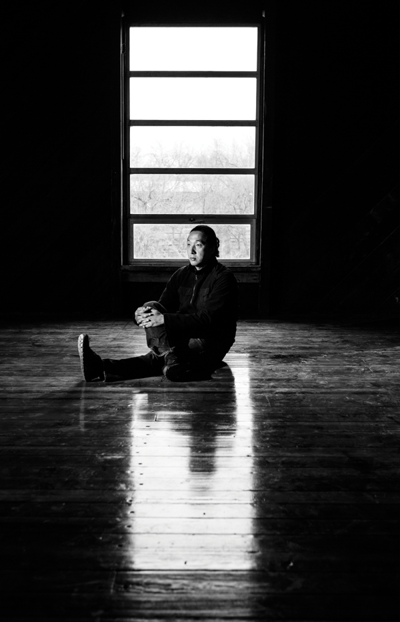
For all the talk about film criticism dying, there's one area where it's flourishing: in online video essays that use film itself rather than text. One person who's artfully expanding the form is the Korean-born artist who goes by the nom de cinema kogonada. His thematically linked montages — of one-point perspectives in Kubrick (see below), hands in Bresson, passageways in Ozu, the contrasted use of fire and water in Terrence Malick's films, etc. — go beyond list-making and shot-gathering to become entrancing, hypnotic works in themselves. Not only have these brought him hundreds of thousands of views online, they've attracted commissioned work from the Criterion Collection and the British Film Institute. A family man who guards his anonymity, the Nashville-based filmmaker spoke to the Scene in his office under construction in a Germantown studio complex.
You've described your work as making sushi. What do you mean?
With sushi, every cut matters. And so do the ingredients. Those two ongoing choices are the difference. What you select, and how you cut it. I think the same applies to the pieces I'm trying to make.
What was your first piece?
The first commissioned piece was on Koreeda Hirokazu for the British Film Institute. But before then I made a short visual piece on Breaking Bad. At the time, I was getting interested in the possibility of remixing as an aesthetic form. Watching the series with my wife, I started to notice a recurring camera perspective and thought it would cut well together.
You sometimes write text to accompany your films. What can you do with words that you can't with images?
Words are biased toward ideas and abstractions. If you want to delve deep into theory, texts are the perfect medium. They are also more precise and explicit. However, when I'm making visual essays, I treat words as supplementary. I want to challenge ideas through an aesthetic arrangement, a juxtaposition. In the Terminal Station piece [on telling differences between director Vittorio De Sica's 1953 film and producer David O. Selznick's pruned-down American version Indiscretion of an American Wife], I wanted to avoid a precise definition of neorealism via words and instead offer an active sense of neorealism through a visual comparison.
Is there a director whose work you admire, but who resists this kind of project?
Paul Thomas Anderson. I've attempted to make something on his work a few times, but I've never been satisfied. Just cataloging a style isn't interesting to me. I've also been wanting to do a larger project on Ozu, but it always feels like I'm killing the thing I love.
“The only great problem of cinema seems to be more and more, with each film, when and why to start a shot and when and why to end it.” – Jean-Luc Godard Created for Sight & Sound / British Film Institute
What is neorealism? from kogonada on Vimeo.
More From the 2015 People Issue
The Textile Designer: Andra Eggleston / The Transformer: Bill Schleicher / The Chief: Steve Anderson / The Bookseller: Yusef Harris / The Producer: Dave Cobb / The Rookie: Filip Forsberg / The Pedal Steel-Playing Pilot: Joshua Motohashi / The Weathermen: David Drobny & Will Minkoff / The Punk Neuroscientist: Kale Edmiston / The Kitchen Artist: Karla Ruiz / The Metalhead: Kayla Phillips / The Image Master: kogonada / The Bartender: Lee Parrish / The Professor: Lisa Guenther / The Advocate: Marisa Richmond / The Captains: Kellie Hurst & Regina Durkan / The Painter: Michael Shane Neal / The Tunesmith: Shane McAnally



